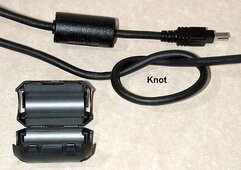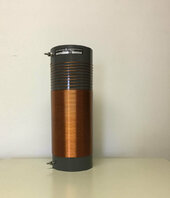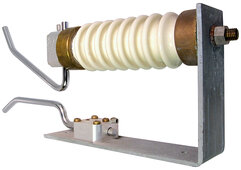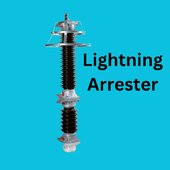kolek
Inventor of the Electron
- Joined
- Sep 29, 2021
- Messages
- 795
There are articles online claiming that typing a knot in a power cord will provide protection against lightning. For example, this one.
Could tying PV cables in a knot provide any lightning protection? These are 400V 12A DC lines. Or alternatively, could a coil like this reduce solar production? In my case, I'm tying off my PV cables to my rack to isolate them during earthquakes from being jerked out of their connections to my inverter.
Personally, I'm skeptical of the "lightning protection" claim, but I'd like to hear what the experts here have to say. I specifically interested in hearing from people who have tested this or can provide sound electrical engineering arguments why or why not this is legit.
"If it worked, everyone would be doing it and nobody would sell lighting suppression equipment." Sure, we all know that. But that's not scientific proof, so I'm still curious if anyone here knows the actual science.
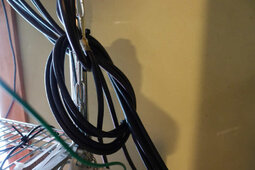
Could tying PV cables in a knot provide any lightning protection? These are 400V 12A DC lines. Or alternatively, could a coil like this reduce solar production? In my case, I'm tying off my PV cables to my rack to isolate them during earthquakes from being jerked out of their connections to my inverter.
Personally, I'm skeptical of the "lightning protection" claim, but I'd like to hear what the experts here have to say. I specifically interested in hearing from people who have tested this or can provide sound electrical engineering arguments why or why not this is legit.
"If it worked, everyone would be doing it and nobody would sell lighting suppression equipment." Sure, we all know that. But that's not scientific proof, so I'm still curious if anyone here knows the actual science.




